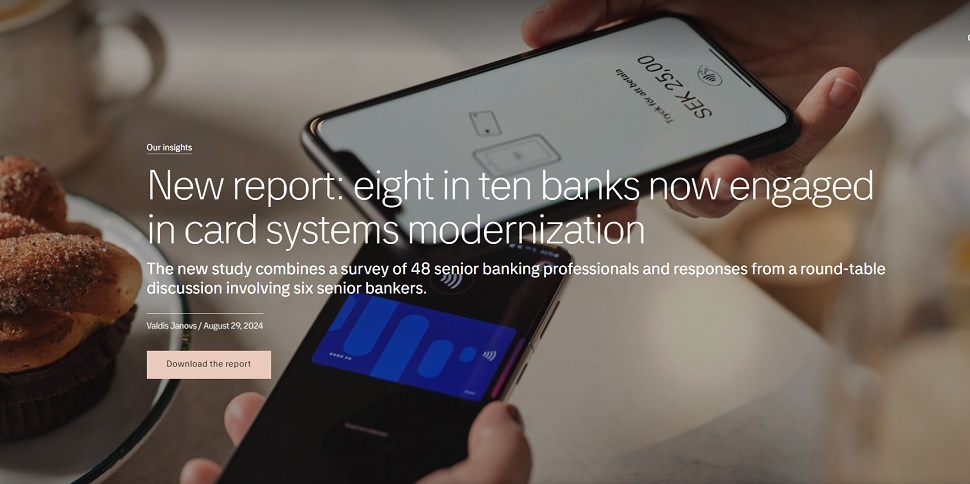
European banks are increasingly engaged in payment system migrations, with nearly two-thirds making moves in the past two years. Driven by customer demand, regulation, and system limits, 80% of banks are modernising, often seeking partners for support.
A new report from financial software leaders Tietoevry Banking reveals that most European banks are now engaged in migrating their card management platforms away from legacy technologies and towards modern, more capable systems.
This follows a long period of hesitation, during which banks were considering their options while patching and upgrading legacy systems that had been used for more than twenty years in some cases. In recent years, analysis from McKinsey & Co and other consultants has estimated some banks spend as much as 70% of their tech budgets on legacy systems maintenance, a practice which in some cases simply deferred problems to a later date.
However, this situation has now changed. This annual study from Tietoevry Banking tracks bank’s attitudes and approaches to upgrading their bank systems. This year’s study combines a survey of 48 senior banking professionals with a new element: responses from a round-table involving six senior bankers. This combination has helped to deliver the most complete picture of bank attitudes to systems migration so far.
Among the key findings from the survey report “Card systems migration: change is here” are the following:
Almost two-thirds of banks surveyed have been actively engaged in modernizing their systems within the last two years, and more than eight in ten are now at a defined point in their modernization journey – up from six in ten in 2023.
The major reasons given for the decision to migrate include rapid changes in the payments landscape, the need to meet new customer requirements and the inability of legacy systems to cope with massive shifts in demand, including much higher transaction volumes and new payment types.
As banks move closer to migrating their systems or are actively involved in migration, they have a much clearer idea of the risks involved in systems migration – and how they will mitigate these risks. Key risks are seen as maintaining service during the migration process, having access to the right skills and expertise, and adopting the right approach to migration for their bank.
Given the risk and complexity of the migration process, almost half of the banks engaged in migration know they need the help of an external partner. Alongside technical skills, banks want a partner with a broad geographic reach, proven experience and the ability to assist in non-technical areas such as business case development, card scheme certification, customer communication and other areas.
Commenting on these findings, Valdis Janovs, Head of Instant, Retail Payments and Cards at Tietoevry Banking said: „It’s great to see that the vast majority of the banks we spoke to are now engaged in migrating their card systems to modern platforms. Consultants and analysts have been pointing out for some time that legacy systems are too expensive and time-consuming to maintain – now it looks as though the speed and scope of change in the payments market have driven banks to the same conclusion.„
Banking 4.0 – „how was the experience for you”
„To be honest I think that Sinaia, your conference, is much better then Davos.”
Many more interesting quotes in the video below: